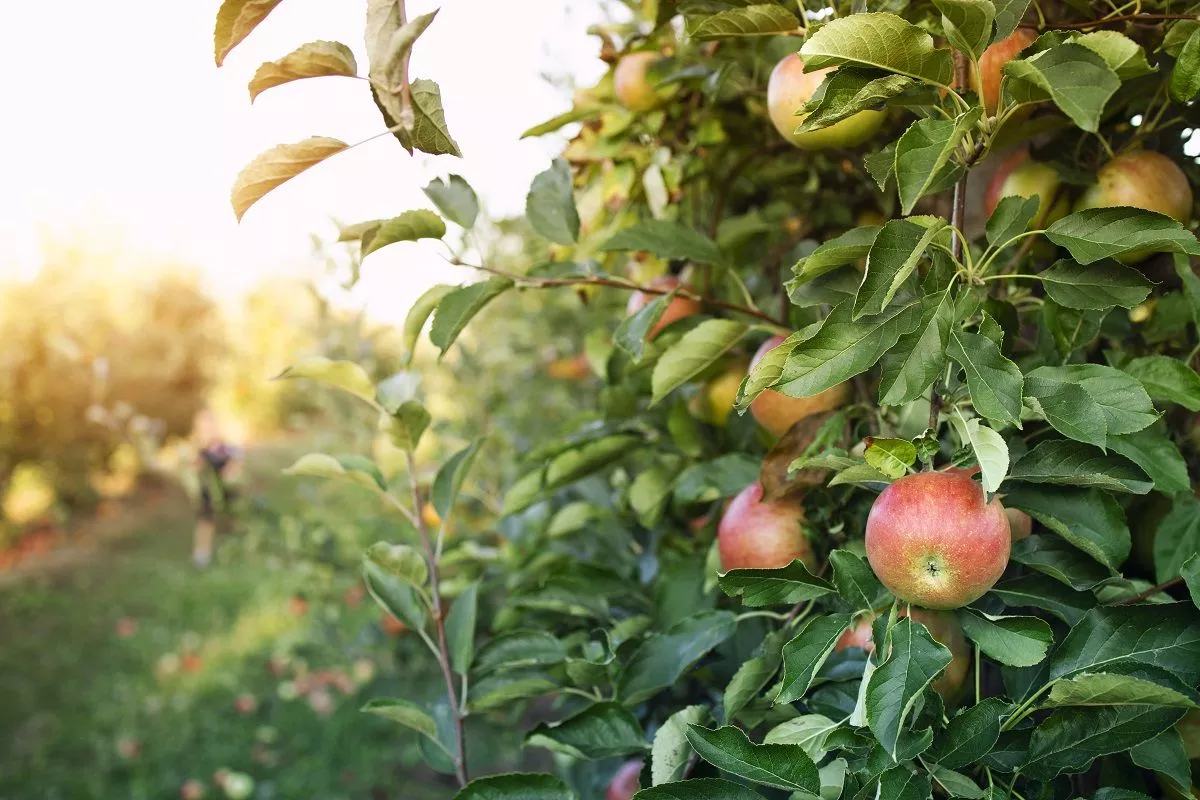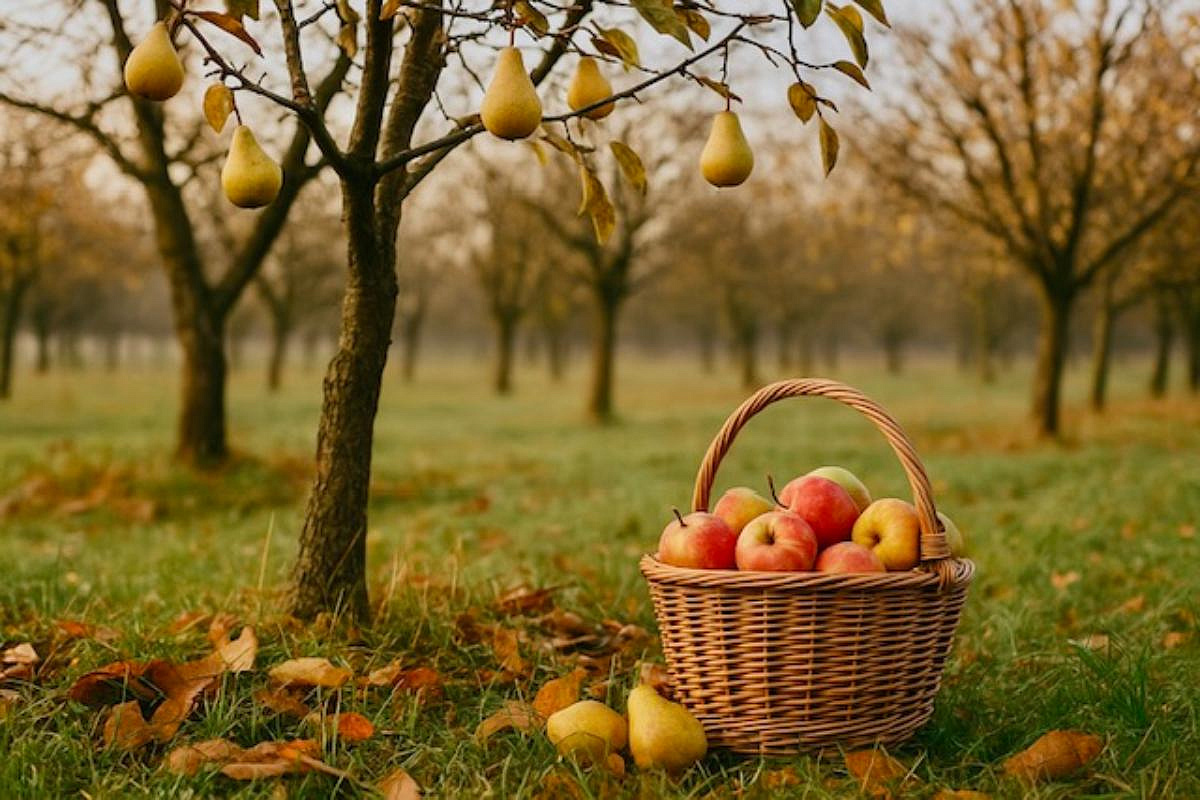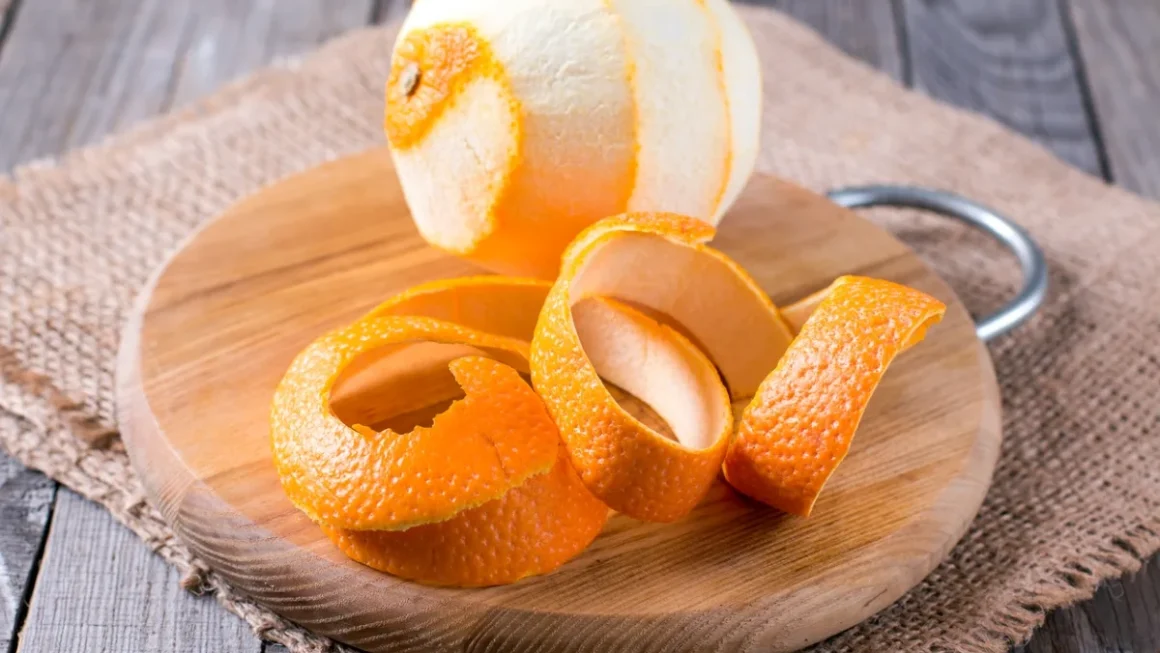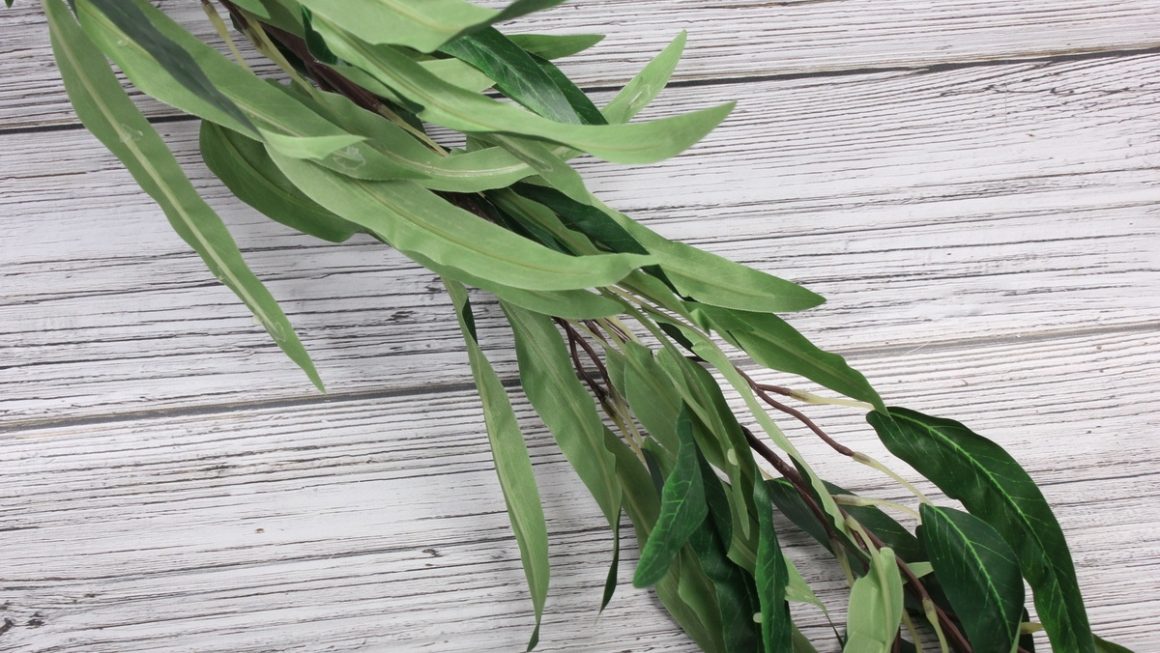In the corners of some old orchards, it is not uncommon to come across sturdy trees on which a few fruits remain, even when white frosts are already biting the surrounding gardens.
Why, when most people see their apples and pears bruised by the first frosts, do a privileged few still enjoy preserved harvests? This secret, once passed down from generation to generation, has been lost with modernity. Yet it is neither expensive nor complex. It is simply a forgotten technique that, with the approach of a capricious autumn like that of 2025, could make all the difference in your orchard or on your fruit-bearing balcony.
Rediscover the ancestral trick that makes fruit harvests last
In the countryside, several decades ago, it was natural to seek to extend the preservation and harvest of fruit. Apples and pears, true treasures of autumn, were kept close at hand until the first heavy frosts, despite the sometimes harsh climate.
How our ancestors managed apple and pear harvests with ease
The elders carefully selected the latest varieties. But above all, to prevent their fruit from freezing or rotting on the tree from mid-October onwards, they used a method that was as discreet as it was ingenious: protecting the trees with natural materials such as canvas, jute bags, or even simple sheets stretched over the branches. This practice, which has become rare in the era of supermarkets, not only allowed the fruit to be kept longer, but also spread the harvest over a longer period.
The unexpected benefits of a forgotten method
By protecting their trees from the bitter cold, our ancestors harvested fewer damaged fruits, limited losses and ensured that even in the middle of autumn, apples and pears could be enjoyed with their texture and taste preserved. This approach also reduced the need for long-term storage and encouraged sensible consumption, as close to nature as possible.
The arrival of the first cold spells: a headache for autumn gardeners
Mid-October often brings sudden drops in temperature. For gardeners, this is the start of a delicate season, when every night can turn a promising harvest into frozen memories.
Early frosts, damaged fruit: why the harvest comes to a premature end without protection
Without vigilance, a morning frost is enough to burn the skin of apples or soften pears, making them difficult to store. Without adequate protection, sometimes more than half of the harvest is lost before All Saints’ Day. This makes it very tempting to pick too early, at the risk of sacrificing flavour and texture.
The tell-tale signs and how to prepare for them
Leaves turning yellow faster than usual, weather forecasts warning of near-freezing temperatures, or damp ground in the early morning: all these signs should prompt vigilance. As soon as these first signs appear, it’s time to think about protecting your fruit trees.
Winter fleece, the discreet guardian of your fruit trees
However, the solution is within reach in most garden centres: winter fleece. Lightweight, reusable and easy to handle, it acts as a barrier against frost without suffocating the branches.
How to install a winter fleece on your apple and pear trees, step by step
- Unroll the winter fleece, ensuring it is long enough to completely cover the top and sides of the tree.
- Carefully place the fleece on top of the tree, taking care not to break any fruit-bearing branches.
- Lower the cover to the base of the crown, securing it with plastic clips or loosely wrapping it around the trunk without pulling it too tight.
- Make sure to leave a slight gap to allow air to circulate and prevent moisture build-up, which can damage the fruit.
- On large trees, focus on covering the areas most exposed to wind or frost, particularly the north and west sides.
It only takes a few minutes to install, but the benefits can be felt throughout the cold season.
Common mistakes to avoid and tips for effective installation
- Never place the cover on a wet tree: wait until the branches are dry to reduce the risk of rot.
- Avoid tightening the cover too much, as this may damage the fruit or break branches.
- Check that the cover is secure, especially in strong winds; use biodegradable string or clips designed for this purpose.
- In mild sunshine, temporarily remove the cover during the day to allow air to circulate and promote natural colouring of the fruit.
This tip, which is simple and accessible to everyone, is often hidden away in the winter accessories section, unknown to many enthusiasts.
Less damage, more fruit: evidence in the field
It is in the field that the difference is most striking. Protected trees keep much more fruit intact, and the harvest is sometimes extended by two to three weeks. This means you can enjoy crisp apples in the middle of autumn, even when the cold weather sets in.
The impressive results observed by those who are reviving this practice
In many vegetable gardens, the first trials are revealing: the number of fallen or damaged fruits is significantly reduced, and they remain more appetising in appearance. Families rediscover the pleasure of picking apples or pears just when they are ripe, without stress or haste.
Practical tips for extending the season until the first frosts
- Install the cover at the end of the day, just before the first frosts forecast by the weather forecast.
- Do not hesitate to harvest only ripe fruit, leaving the others under cover for a few more days.
- Remove the cover one or two days after a cold spell to prevent moisture build-up.
- Check the condition of the protected fruit regularly so that you can act quickly if any signs of rot appear.
The result: fewer losses, more tasty fruit, and the pleasure of extending the harvest season in your garden or on your balcony.

Keep your green fingers busy all year round: pass on and adapt this know-how
This forgotten practice does not deserve to remain in old books. On the contrary, it fits perfectly into an ecological routine that respects the natural cycle of urban or rural orchards.
Reintroduce this ancient practice into your gardening routine
In autumn, simply add the winter cover to your list of essentials: secateurs, watering can, compost, etc. This extra vigilance makes all the difference for those who want to enjoy their harvests for longer, while limiting food waste.
Adapt the method to other trees and crops according to your needs
Pear trees, apple trees, but also plum trees and small fruits can benefit from the same protection by adjusting the size of the cover. Some gardeners even extend this technique to vegetable gardens during cool autumn nights to preserve late lettuces and radishes.
This know-how, passed down quietly, has its place in modern gardens. It can even be adapted to city life, on a balcony or terrace equipped with miniature fruit trees.
As autumn slowly sets in during this month of October 2025, reviving this simple practice can transform an ordinary harvest into a real gourmet treasure. What if winter fleece became a valuable ally for fruit lovers, allowing them to savour autumn until the first frosts?




